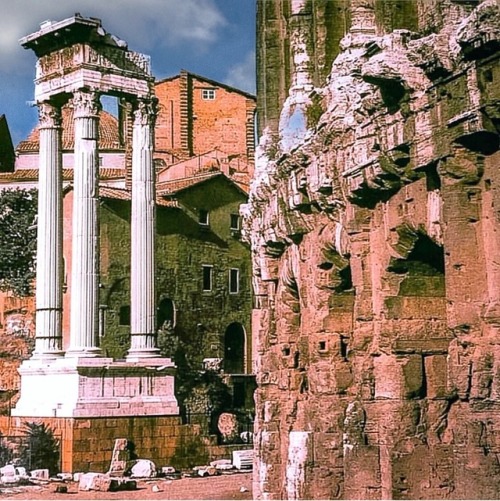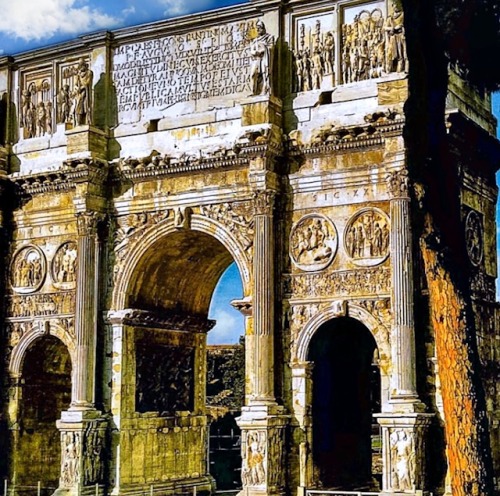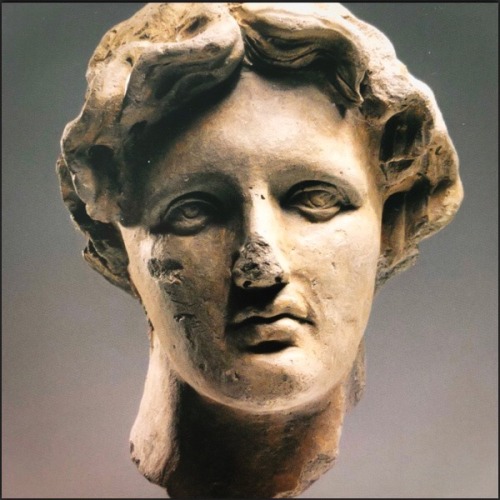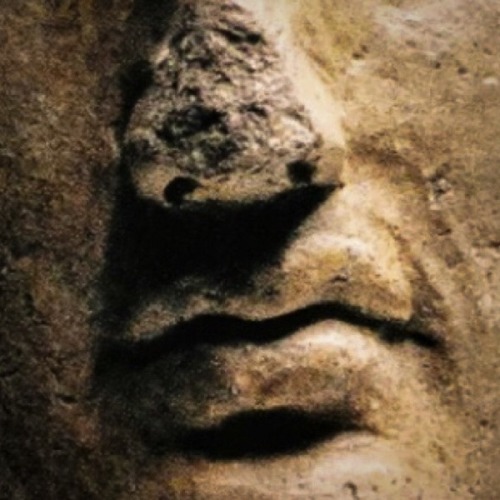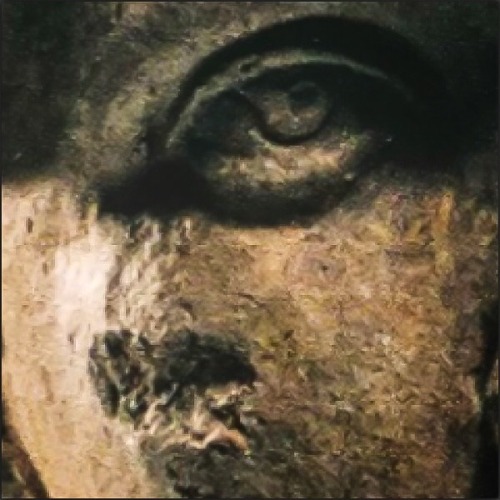#historians on tumblr
The Curia, first Roman senate house was built by Tullus Hostilius at the northwest corner of the Forum square. The Curia which stands today was begun by Julius Caesar in 44 B.C. Rome,
Post link
Hadrian’s Villa in Tivoli. Tivoli (the Ancient Tibur, 23 kilometers from Rome) is the site of an imposing architectural complex, Hadrian’s Villa. Built between the years 118 and 134. It were meant to remind emperor Hadrian of the places he most loved in Greece and the Near East. Hadrian’s Villa is one of Italian UNESCO World Heritage Sites.
Post link
Three remaining columns of the Temple of Apollo which was situated in front of the Theater of Marcellus. Rome, Italy.
Post link
The Arch of Constantine is a triumphal Arch in Rome, situated between the Colosseum and The Palatine Hill. It was erected by the Roman Senate to commemorate Constantine’s Victory over Maxentius at the battle of Milvian Bridge on October 28, 312. The Arch is 21m high, 25,9m wide and 7,4m deep. It has three archways, the central one being 11,5m high and 6,5m wide, the lateral archways 7,4m by 3,4m each. The top, called attic, is a brickwork reveted with marble. A staircase formed in the thickness of the each arch is entered from a door at some height from the ground, in the end towards the Palantine Hill. Rome, .
Post link
Head of a man
Campania, 3rd century BC.
The head of a young man with wavy hair falling over the middle of the forehead. The physiognomic features correspond to one of the types of iconography of Alexander, a much earlier and better known example which is the bone portrait of the king found in the tomb of Philip II at Vergina (Archaeological Museum, Vergina).
The same image appears in a mosaic in the House of the Faun at Pompeii, depicting the battle of Alexander and Darius, assumed to be a reproduction of a painted original. That would have been the magnificent work mentioned by Pliny, painted by Philoxenes from Eretria for Cassander´s palace in Pella in the last years of Alexander´s life or shortly after his death. At the same time, the treatment of the terracotta to make it look like a work in bronze, such as the use of the chisel to mark pupils and irises, the small lines at the corners of the lips and the manner of portraying locks of hair, are characteristic of Italian work.
Source: The Immortal Alexander the Great, Hermitage Amsterdam 2010.
Post link



